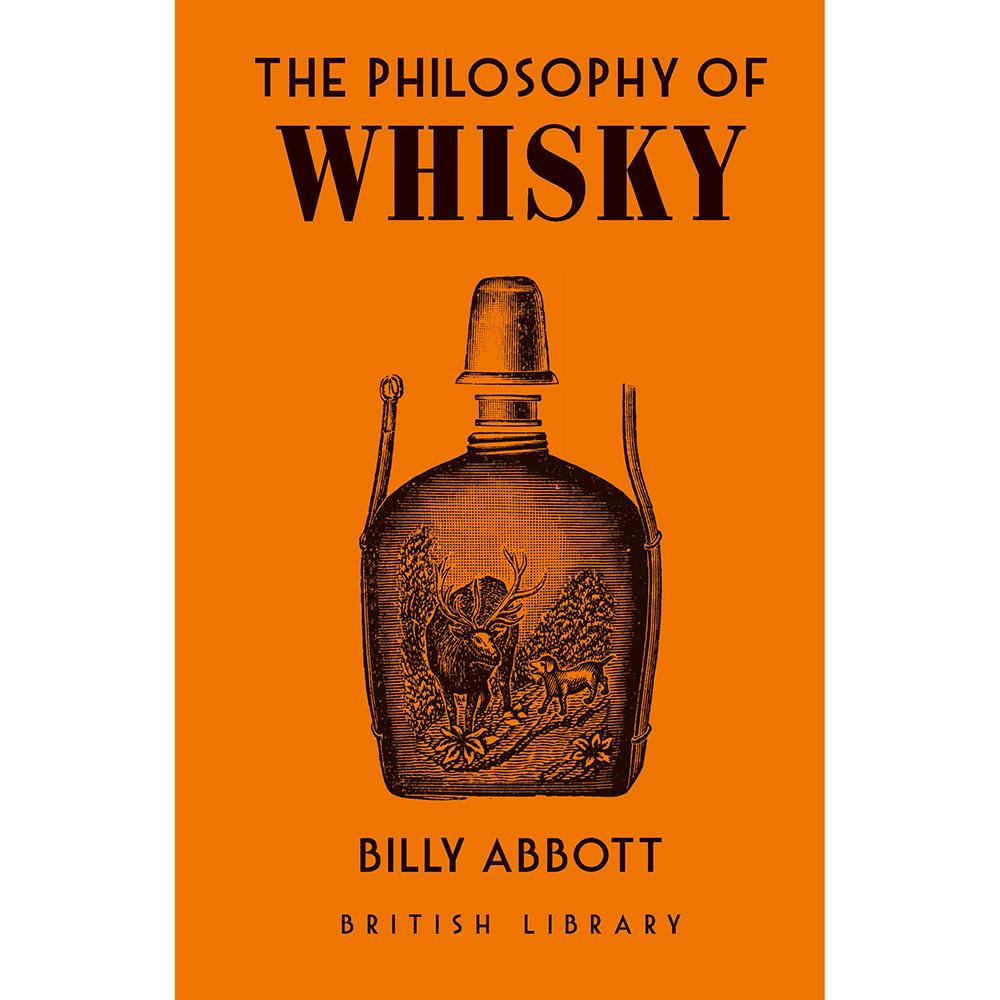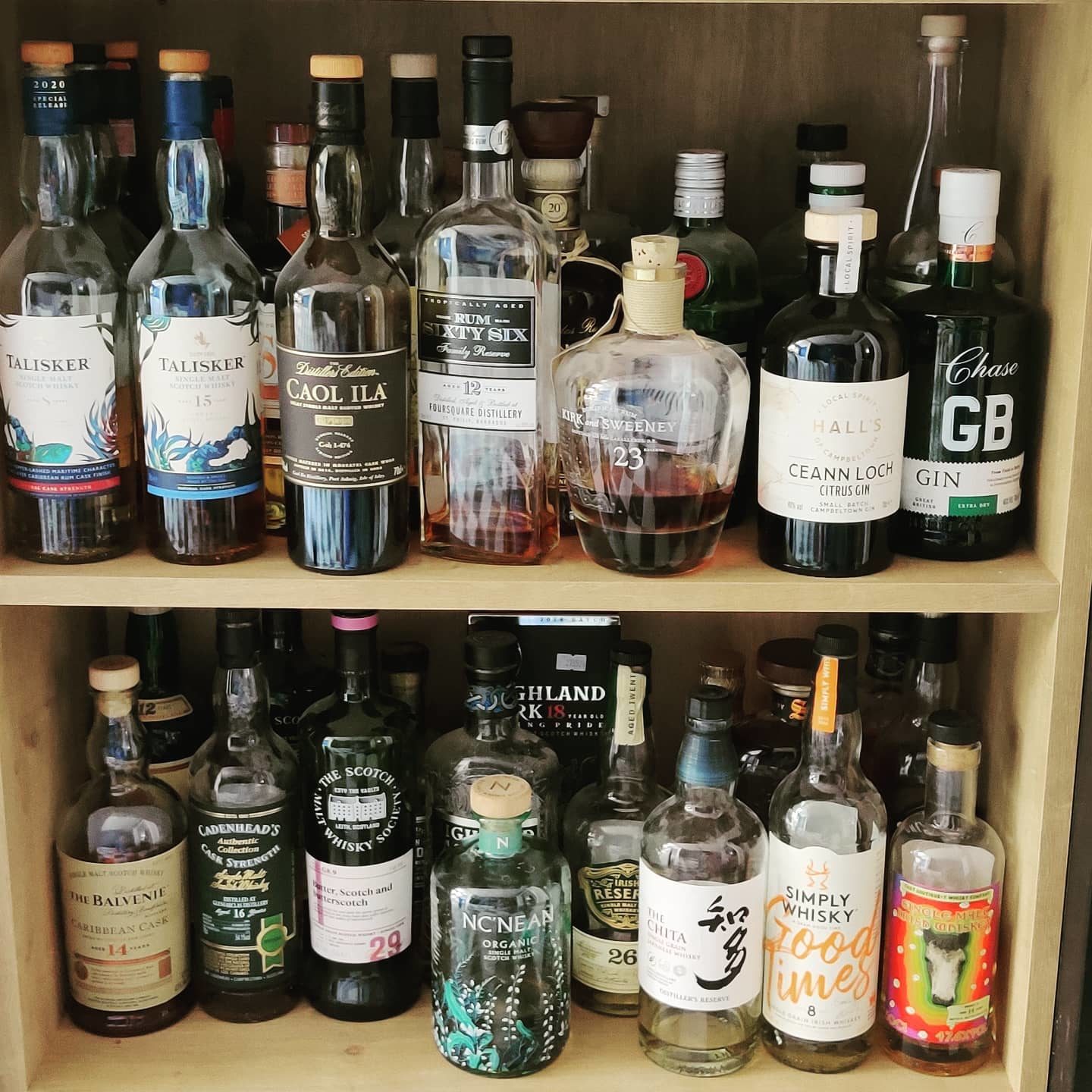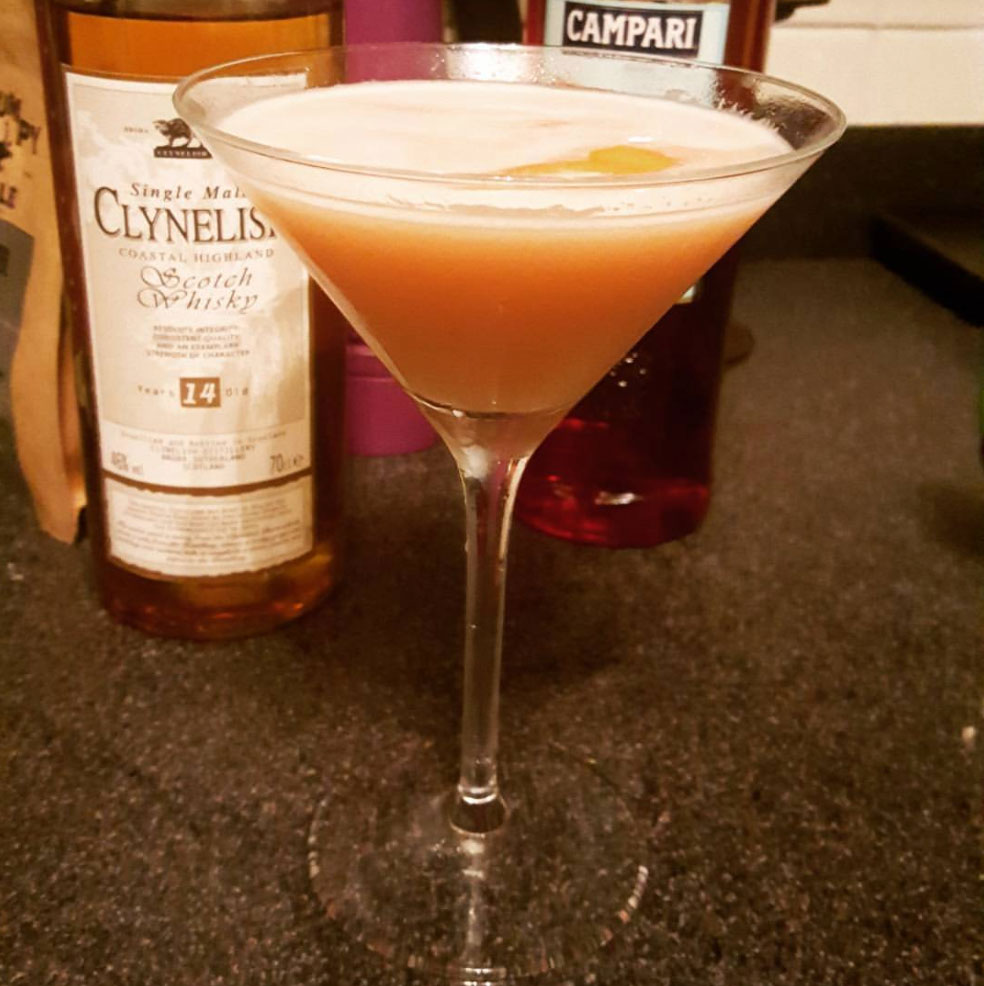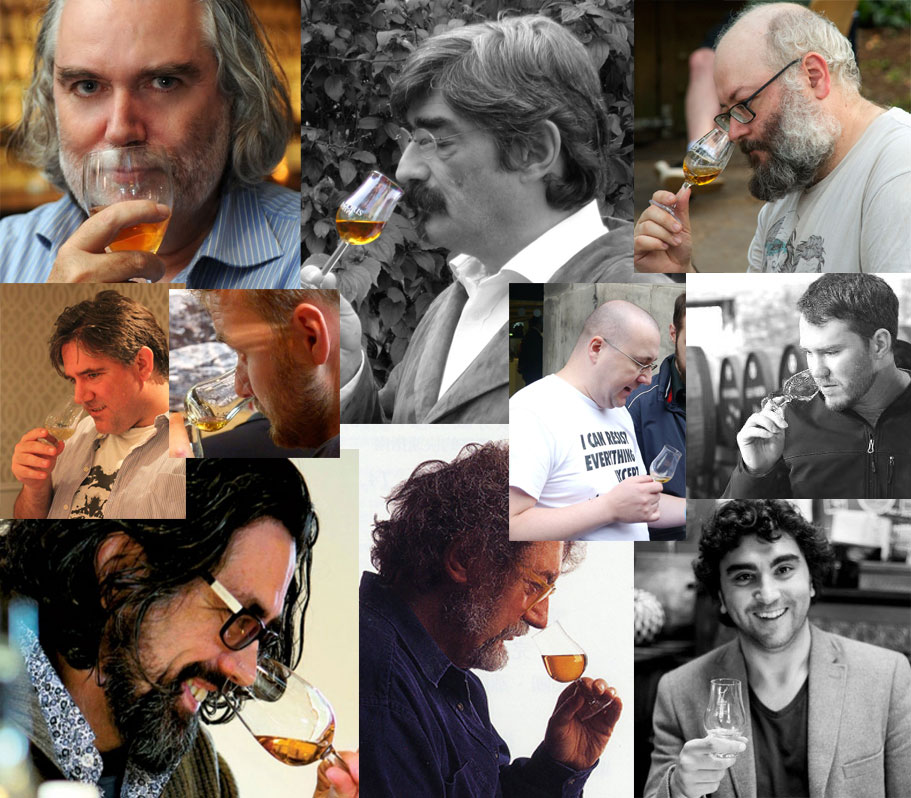I was always crap at origami. Every creation from my fingertipes has ended up a torn, skewed interpretation of what could have been delicate and graceful – a bull with miniscule front legs that make a T-Rex guffaw with superiority, or a swan that looked like it had been thrown down a stairwell. A subtle, measured craft of which a true master displays the confluence of practice, talent, and patience.
To inexpertly superimpose the metaphor (indeed, a metaphorical paper giraffe with massive legs, a tiny neck and 8 antlers), Balvenie Malt Master David Stewart epitomises the craftsman. I don’t know what his origami’s like, but his whisky’s bloody fantastic.

A small posse gathered in the Savoy recently for the launch of Balvenie Tun 1401 batch 5 – a limited release no age statement single malt vatting of casks hand picked by David. Continuing the theme of “hand crafted” (something to which Balvenie very strongly aligns itself, celebrating craftsmanship both externally with their awards and in more tributary ways like their recent Warehouse 24 release – “Craftsman’s Reserve – The Cooper”), the Savoy Hotel was selected as the launch site because it is a place which epitomises style, quality, heritage (indeed, the air conditioning in the room we were in appeared to be genuine Victorian engineering… steam-powered, anyway) and its recent refit was completed by a dedicated team of artisans and craftsmen. Craftspersons. Craftsfolk. Whatever. It was probably no small coincidence that later that afternoon the Balvenie Masters of Craft awards were also taking place in the building.

First created as a distillery-only experimental bottling, Tun 1401 gained popularity as word got out what David had created. Batch 2 followed, the 3 for the US market, 4 for the travel retail market, and now 5 as a slightly wider release of 2862 bottles – about 800 bottles destined for the UK. For batch 5 David has selected 9 casks to marry together, ranging from 1966 through to as recent as 1991. 4 of the casks are sherry butts (1975, 1972, 1971 and 1970), and the remaining 5 bourbon (from 1991, 1974, 1973, 1972, 1971 and 1966).
Fortune smiled at me in Paris last year with the opportunity to taste Tun 1401, however at the time it was being served up by David himself and I was so busy buzzing at having met the man himself that I paid perilously scant attention to what I was doing. When we were invited to examine batch 5 by Dr Andrew Forrester (Balvenie brand ambassador) some of the other luminaries in the room were able to provide comparison against previous bottlings, whereas I stared – embarrassed – at the floor.

It’s a real treat of a whisky: smelling it gives some dry cake-baking components such as cocoa powder, coconut and a little ginger. The signature of Balvenie shines through with its honey, and also lurking is some of the vanilla and citrus common to other bottlings from this small but wonderous place. Mark (Dramatic Whisky) also ventured a slight carbolic soap note – I must confess that’s not something I’m familiar with, but I think I detected something in some way soapy in the mix, and if that’s what carbolic soap smells like then I’m perfectly happy to accept his word for it!

A sip reinforced the dark chocolate elements, and I was delighted to throw my tasting note into the mix with “black cherries” (sagely nods around the room – woot!). Quite a rich continuation of the honey flavours was present along with cooked fruit, and David suggested that we might find a lingering wisp of smoke in there too: in the 60s and early 70s Balvenie had a slightly smokier signature style, and though mellowed with age there was still a sense of this from the older casks in the mix. Several of the people in the room who had tried earlier incarnations of Tun 1401 suggested that batch 5 is a little “moodier” than the others to date – a product of the increased sherry cask presence in this vatting.
An interesting aside by David was a mention of what Tun 1401 actually is – the whisky is named for the great wooden marrying vat in which it is mixed, which sits in Warehouse 24 at the Balvenie distillery. The apparatus used to empty the barrels into the vat is an old iron hand pump, which is of the sort of age where it very well could have been used by William Grant himself!

At the back of the room we conferred with many a hurrumph on the price of the bottle – about £160. Definitely not a whisky for everyday casual consumption. However it also represents outstanding value for money. If I had a spare £160, I’d be in there like a shot! It really was a tremendous whisky. But you need to come up with £160 for it. And with a whisky this good in a release this limited, opportunity is not going to be a lengthy visitor.
Having started this post with all that origami nonsense a proper writer would then draw back together that idea with the central theme of the topic at hand. That’s not the way we do things around here – just like what I expect I’d do in real life, if handed a sheet of blank paper to make an origami metaphor, I’ve started writing all over it and kept the whole thing two dimensional. Too much pressure, I fold.
Incidentally, there’s a few other blogposts floating about from the lovely folks who were also at the event. Feel free to peruse, if that’s your thing:
The lovely chaps over at Caskstrength.net
The Whisky Exchange blog
Dramatic Whisky




